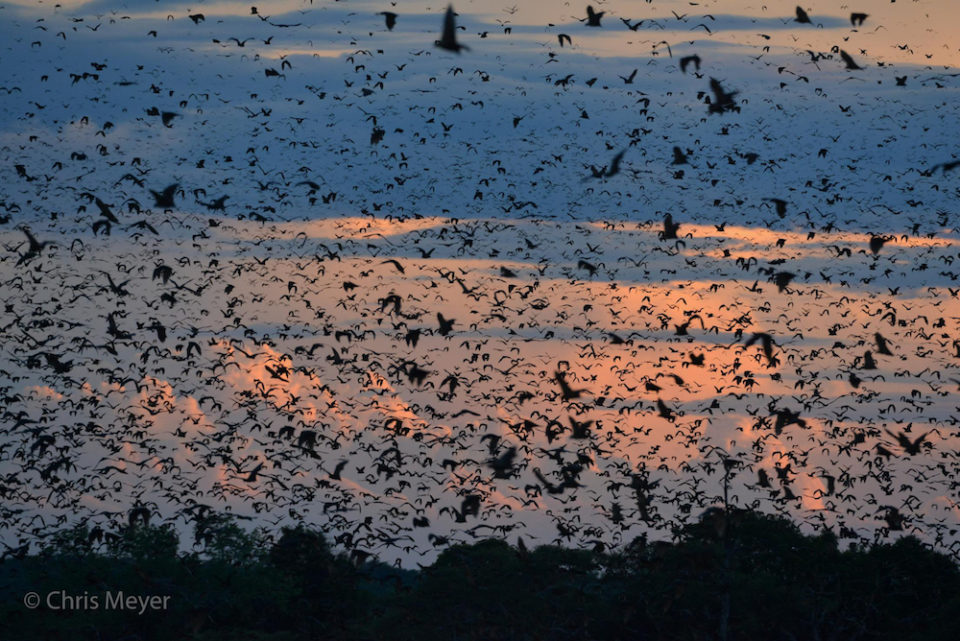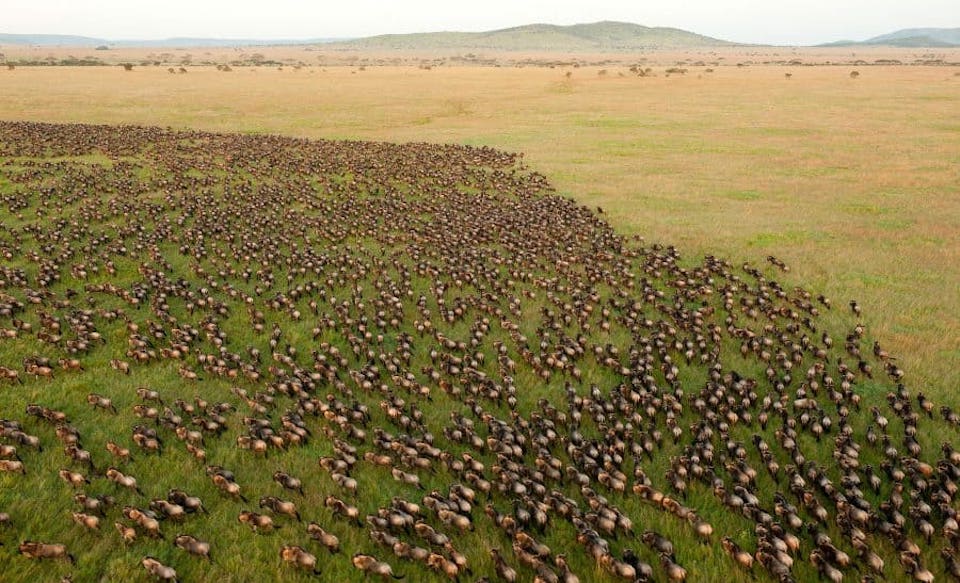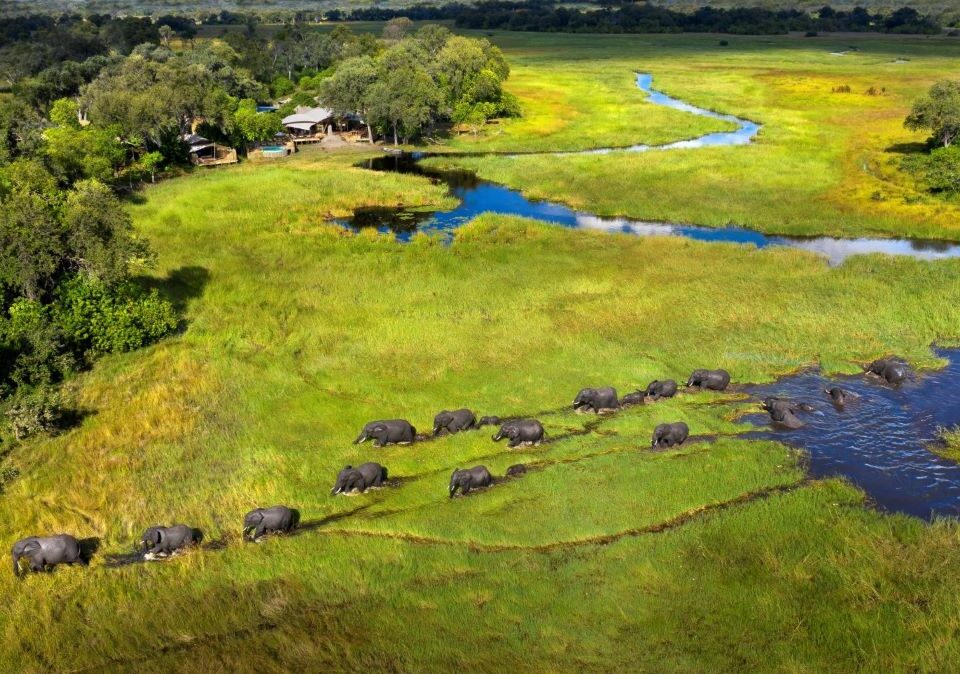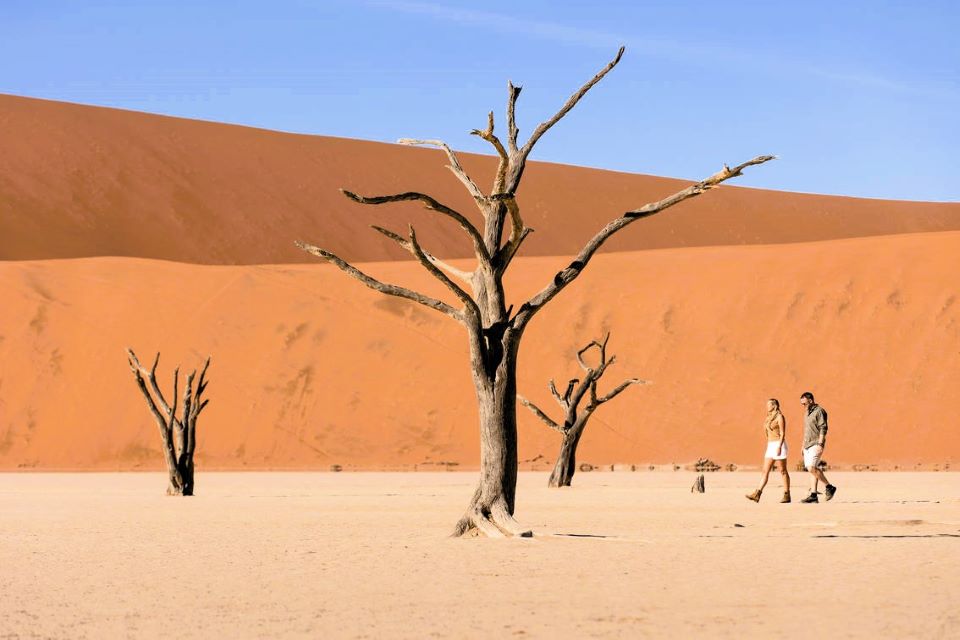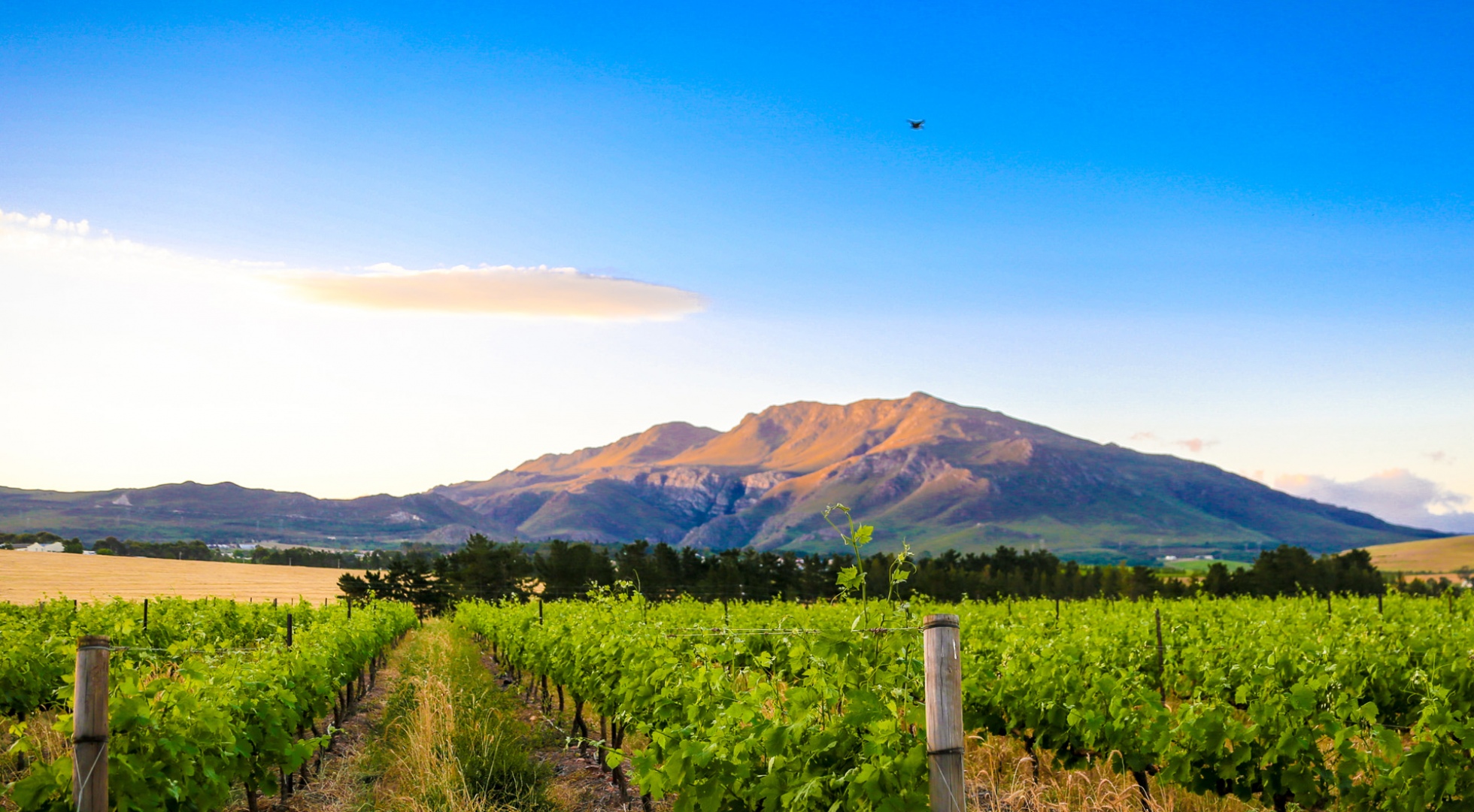
Als Urlaubs-Winzer auf einem Weingut in Südafrika
17. November 2019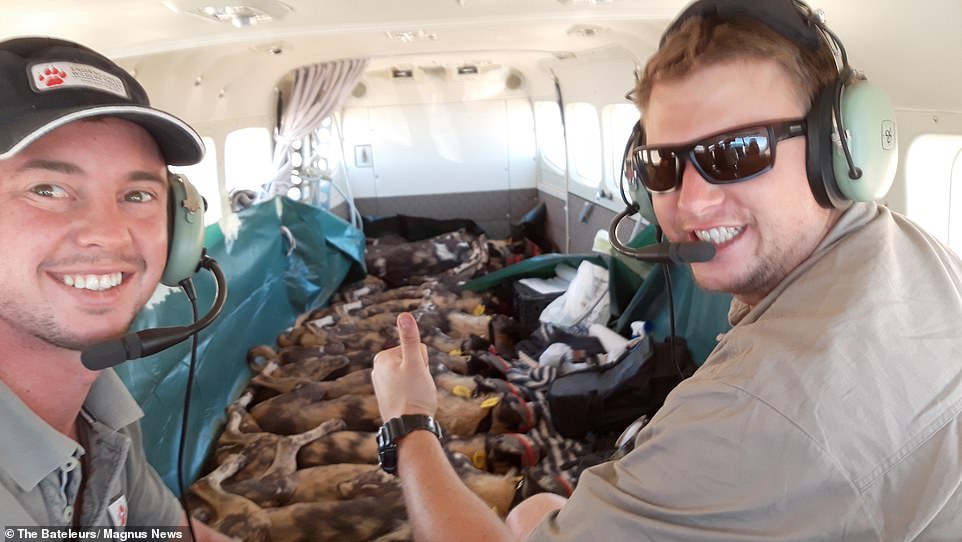
Afrikanische Wildhunde fliegen 1000 Meilen in ihr neues Zuhause
20. November 2019It is the largest mammal migration in the world and yet an insider tip among Africa lovers. The bat migration in Zambia comprises over 10 million animals and is unique in the world. In addition, the country offers the second largest wildebeest migration. Find out in this article why you should make a trip to Zambia in November.
The largest mammal migration in the world turns Zambia’s sky black
When the sun goes down behind the big mahogany trees and the water of the Mushitu marshes dips into orange and purple tones, spectators quickly start dreaming. The day in Kazanka National Park is coming to an end and antelopes, zebras, elephants and co. are gathering at their roosts. While at the bottom of the swamp forest slowly calms down, a unique natural spectacle develops in the sky.
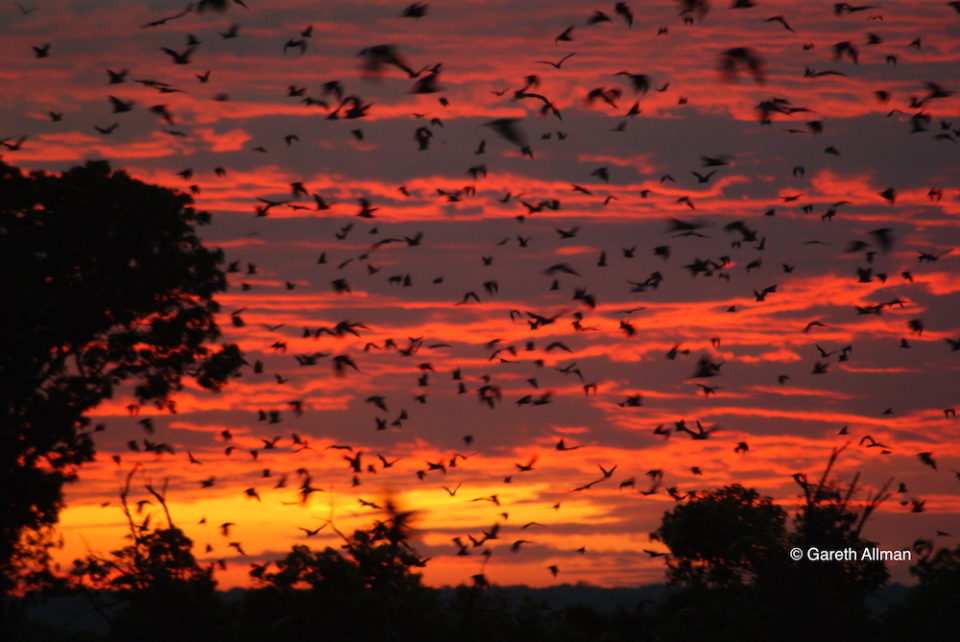
The groaning of the trees betrays their awakening. Freed from the weight of the small animals, they slowly return to their original shape. From October to December, over 10 million straw-coloured fruit bats arrive in their crowns. In search of fruit and nectar, they transform the colourful play of twilight into a black, flickering wall.
The Fruit Bats Migration is considered the largest mammal migration in the world. Where the gigantic colonies come from has not yet been fully researched. Some seem to come from Congolese areas and visit the park every year due to its large fruit population. Especially water and sugar berries attract the attention of the Bats. During their stay, the animals eat up to 330,000 tons of fruit.
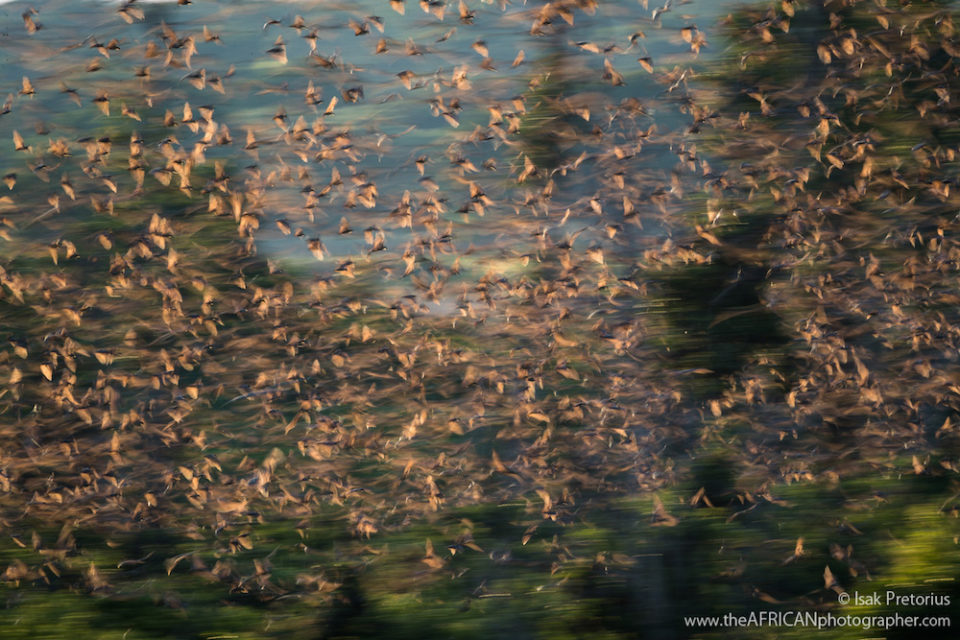
In the early morning hours the nocturnal bats return to their roosts in the mahogany and milkwood trees. The uniform humming in the air then gives way to an unusual silence. Visitors can combine the pursuit of the animals with a game drive through the park – but the best way to watch the unforgettable spectacle is from the tops of the trees.
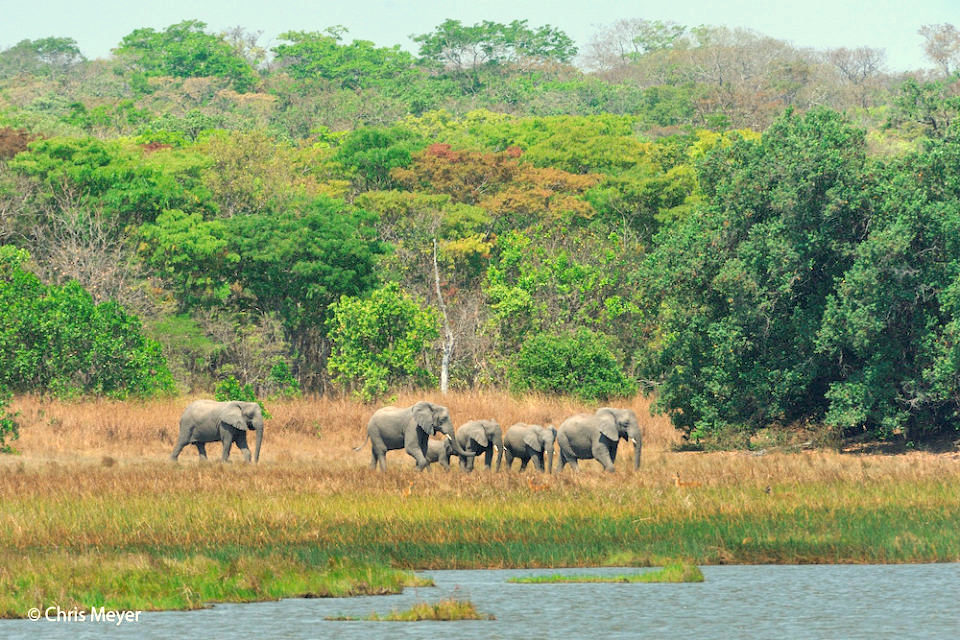
Kazanka National Park is located in the north of Zambia. Although it is the smallest national park in the country, it offers a rich variety. Thanks to its location at the Bangweulu Swamps, whose biodiversity even exceeds that of the famous Okavango Delta in Botswana, visitors to the park have the chance to observe hippos, leopards and elephants as well as rare species such as the shoe beak or the water kudu.
Great Wildebeest Migration in the East – An Underestimated Alternative to Serengeti and Masai Mara
Zambia is often regarded as Africa’s best kept secret. Only a few tourists get lost to the country in the heart of the continent. However, it can be assumed that this will change in the next few years. The country lures with a remarkably high security and an incomparable nature. Thanks to Zambia’s strongly varying reliefs, there are countless waterfalls and the total of nineteen national parks can offer authentic and unique safari experiences.
Another natural phenomenon awaits you in Liuwa Plains National Park. From September to November, a large number of striped wildebeest herds travel long distances through the lush grasslands. With a population of forty-five thousand wildebeest, it is the second largest wildebeest migration in the world.
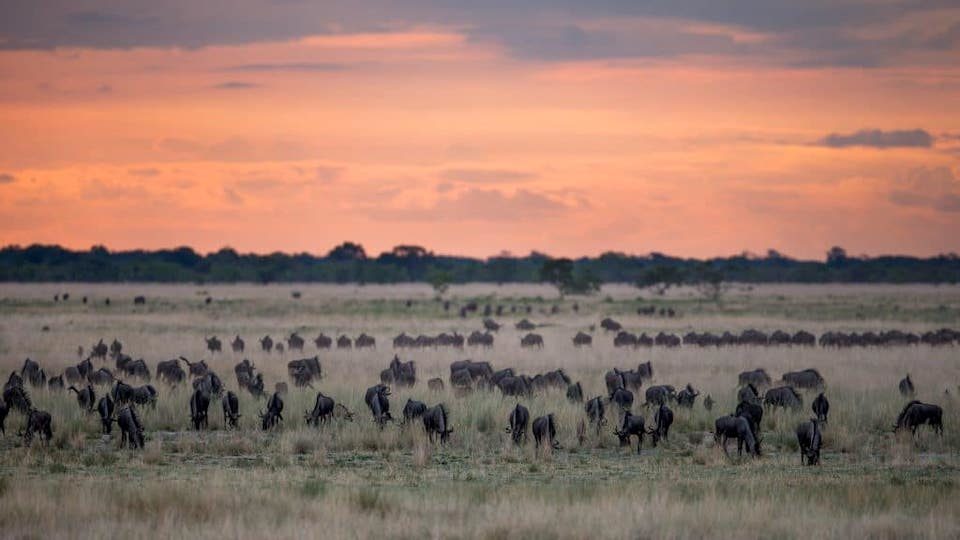
It is the beginning of the rainy season that attracts herds from neighbouring Angola to Zambia. Liuwa Plain National Park takes its name from the regularly flooded grassy plains and is as rarely visited as Kazanka National Park. Guests of the park experience an exclusive safari experience off the beaten track. In addition to the herds of wildebeests, many zebras and antelopes also live in the park. In addition, the migration brings the sighting of many predators with it. Here you can observe lions, cheetahs and African wild dogs on their prey.
Adventurous insider tip at the Victoria Falls
Besides the breathtaking safari possibilities, the famous Victoria Falls in the south offer another highlight. You’ve probably heard more than once about the world’s widest waterfall, which forms the natural border between Zimbabwe and Zambia. But did you know that in November you can swim on the edge of the waterfall? The Devil’s Pool is located on the edge of the abyss and can be used from September to December due to the lower water level.
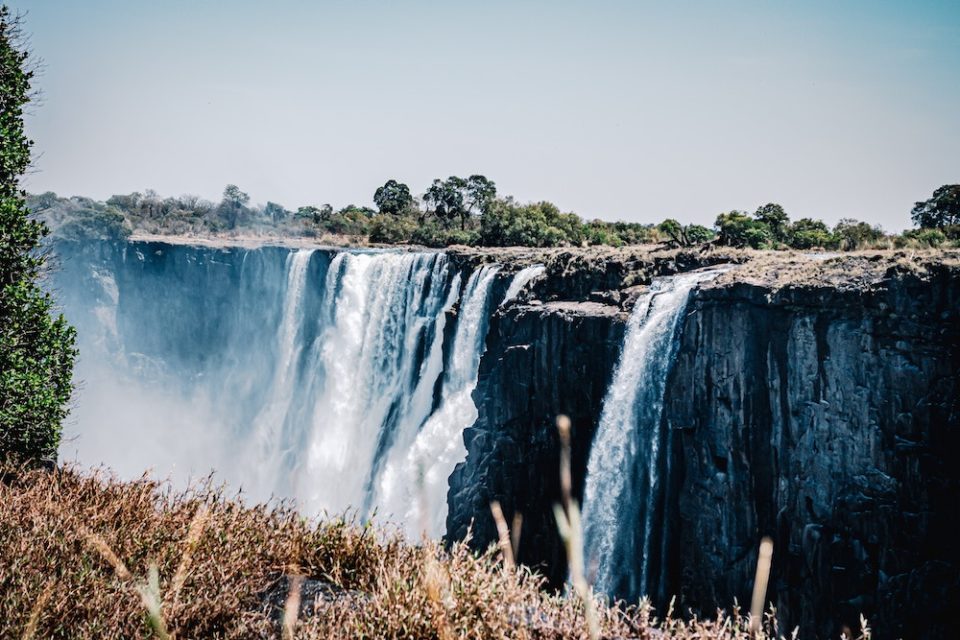
A visit to Victoria Falls in November can be considered an insider tip for several reasons. First migratory birds reach the waterfalls and herald the beginning of the Bird Watching Season. Nevertheless, the tourist off-season begins and the cost of accommodation drops. November is also a good month for white water rafting, as the rapids are accelerated by the low water level.
However, the low water level of the Zambezi also has its downside: visitors have to expect a less powerful waterfall at this time of year.
The native Kololo also call the Victoria Falls Mosi-oa-Tunya, which means „thundering smoke“. The spray is still visible from a distance of 30 kilometres and even forms the basis for a rainforest of its own.
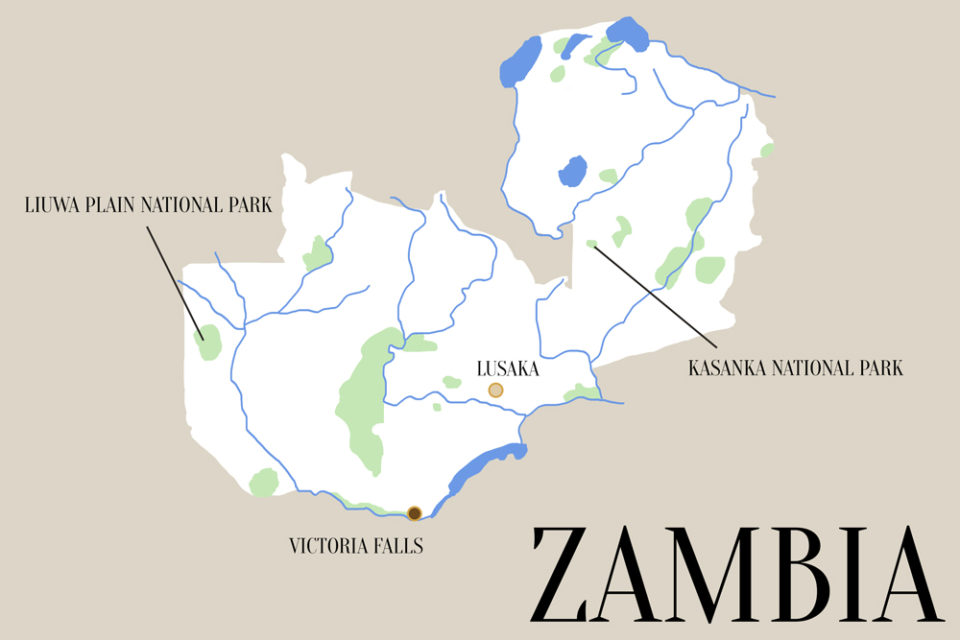
Zambia is a wondrous country that has been spared mass tourism so far. We never know how long places like this will last. If you are looking for an adventure in the original, wild Africa, you will definitely find an unforgettable experience here.
